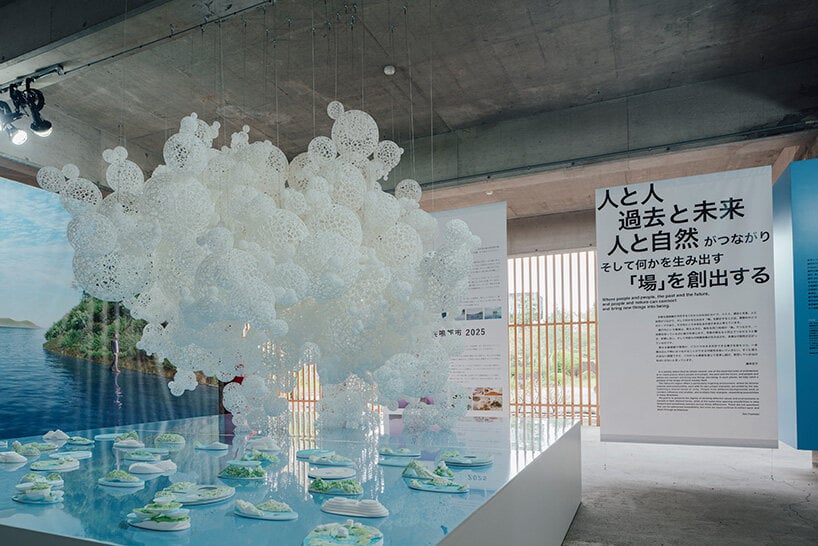This autumn, Japan welcomes one of its most anticipated cultural events — the Hiroshima Architecture Exhibition 2025, taking place from October 4th to November 30th across seven venues in Fukuyama and Onomichi. Organized by the Kambara & Tsuneishi Foundation, the 58-day event unites 23 architectural groups, from globally celebrated masters to the emerging voices shaping the next era of design.
At its heart, the exhibition aims to redefine how architecture interacts with everyday life — not merely as structures, but as catalysts for community revitalization, sustainable urban planning, and the nurturing of future generations’ sensibilities toward space and place.
Architecture exhibition highlights: celebrating Japan’s architectural legacy
One of the central showcases of the architecture exhibition takes place at the Onomichi City Museum of Art, a building designed by Pritzker Prize laureate Tadao Ando. Here, visitors can explore an in-depth presentation of eight Japanese architects and groups who have received the Pritzker Architecture Prize, often called the “Nobel Prize of Architecture.”
In the museum’s front garden, Ando’s philosophy of simplicity and light resonates with another Pritzker laureate’s work: Shigeru Ban’s Paper Log House. Originally conceived to provide emergency shelter after the Great Hanshin-Awaji Earthquake, the structure symbolizes the humanitarian and adaptable spirit of architecture. Its inclusion here emphasizes how innovative design can emerge from necessity, merging environmental consciousness with human empathy.
The future through the past
At Shinshoji Zen Museum and Gardens, the Hiroshima Architecture Exhibition deepens the dialogue between heritage and innovation. A 1:3 scale model of Kenzo Tange’s private residence, planned for reconstruction in Fukuyama, stands as a tribute to the modernist visionary whose work bridged traditional Japanese aesthetics with global modernism.
Alongside it, a major installation by Sou Fujimoto — one of Japan’s leading contemporary architects — envisions new possibilities for the Seto Inland Sea. His project explores the balance between the built environment and nature, capturing the essence of architectural imagination rooted in context.
Redefining architecture in Japan
The Hiroshima Architecture Exhibition 2025 stands as both a celebration and a challenge — urging us to see architecture not just as form, but as philosophy, empathy, and collective memory. By blending global excellence with local vision, the event positions Hiroshima Prefecture as a new epicentre of architectural thought, where creativity meets community in the most human way possible.

(SHINSHOJI ZEN MUSEUM AND GARDENS – Mumyoin)
Courtesy of TATSUYA TABII

TOYO ITO (ONOMICHI CITY MUSEUM OF ART)
Courtesy of TATSUYA TABII

(SHINSHOJI ZEN MUSEUM AND GARDENS – Mumyoin)
Courtesy of TATSUYA TABII

